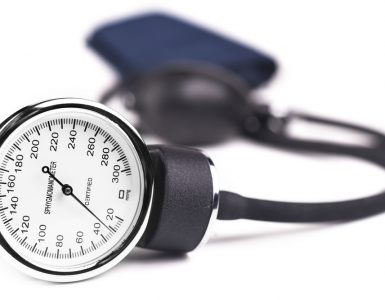(zingiber officinale roscoe)
Botanical family: Zingiberaceae
Parts used: Root, tincture
Main active ingredients: Oleo resin and volatile oils
Actions: Digestive aid, anti-flatulent, circulation booster, anti-nausea, antiseptic, anti-bacterial
Good for: Travel sickness, morning sickness, cold and flu symptoms, poor circulation, muscle aches, flatulence
Available forms: Capsules, tablets, tincture, oil, crystallised herb, fresh or dried root, soft gel, tea
Closely related to turmeric and cardamom, this warm-climate perennial is native to parts of India and China and other tropical areas. The name is derived from a sanskrit word which means horn or antler, referring to the shape of the rhizome, which creeps horizontally underground.
A cane-like green stem grows from the rhizome every spring to a maximum height of around 1m. The lance-shaped leaves are about 30cm long and the flowers are pale yellow with a purple lip and an aromatic smell.
History of Ginger
The exact origins of ginger are unknown but references to this pungent aromatic spice can be traced back to ancient India and China. It has been used for thousands of years worldwide for treating a range of digestive problems from mild indigestion and flatulence to nausea and vomiting. It has also played a big part in traditional Chinese and Ayurvedic medicine.
Current uses of Ginger
TRAVEL SICKNESS
These days ginger is best known as a remedy for sickness and vomiting and in particular travel sickness. Studies also show it may help relieve nausea and vomiting during pregnancy.
POOR CIRCULATION
Ginger has long been renowned as a circulation booster and a warming remedy. It can be drunk as a tea in the cold weather to help boost circulation.
COLDS
A cup of ginger tea can be drunk to help relieve the symptoms of a bad cold or flu, while gargling with ginger tea is a useful remedy for sore throats.
ACHES AND PAINS
Ginger also has anti-inflammatory and pain-relieving properties and has been used with great success to help relieve the muscle ache and chronic pain associated with arthritis. Several drops of ginger oil mixed with a tablespoon of almond oil can be rubbed on the affected area.







